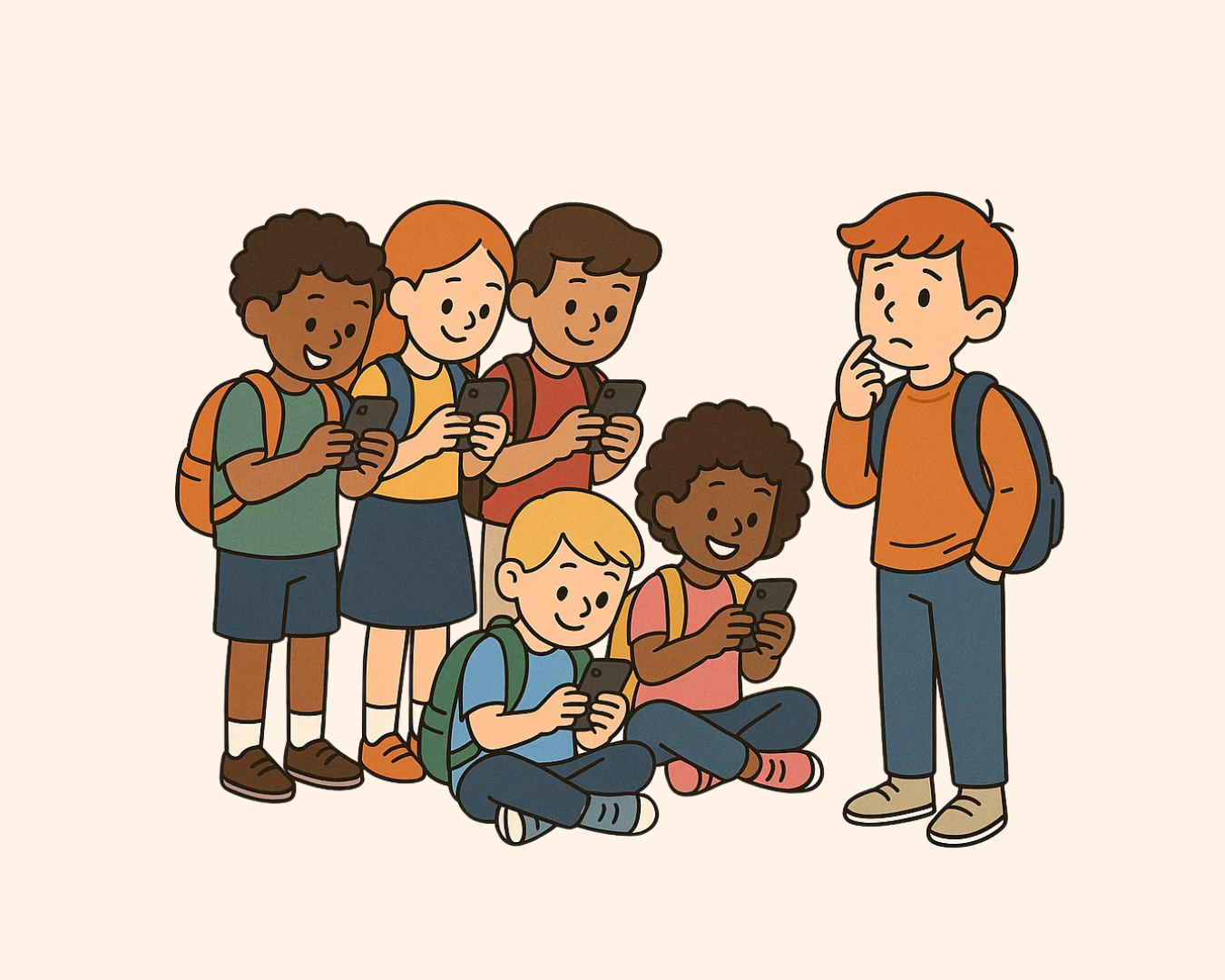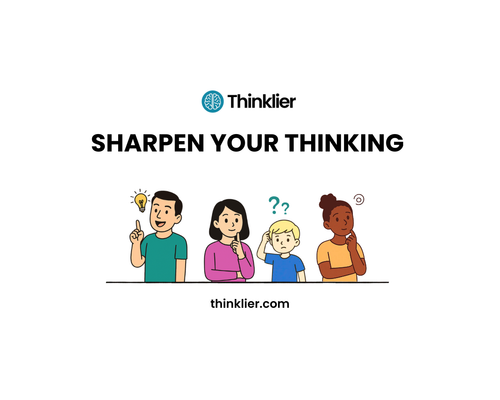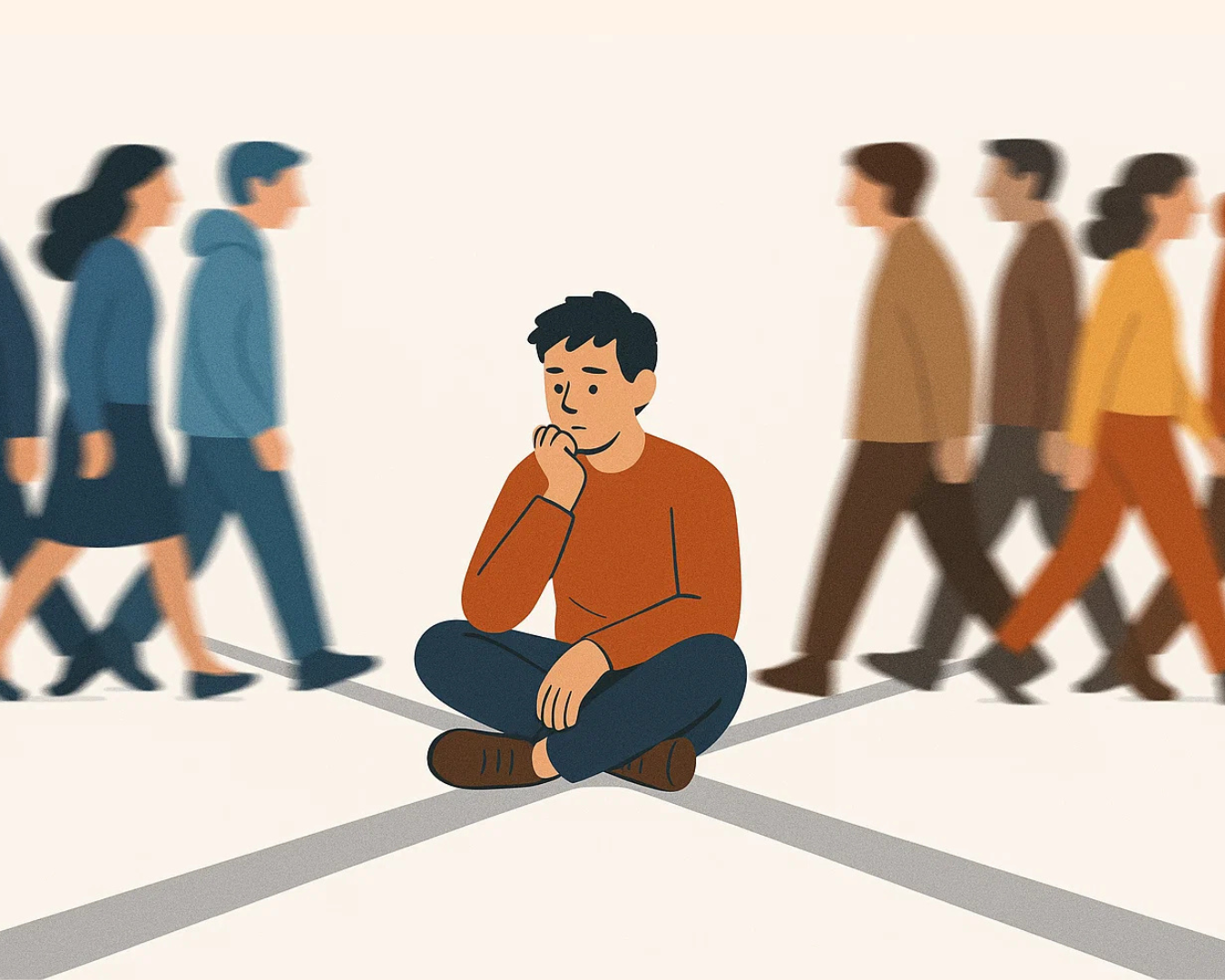You probably think you’re a free thinker. A lone wolf. Immune to fashion, ideology, or the hollow rhythms of the crowd. You shake your head at the masses and pride yourself on being one of the few who really get it.
But consider this: many of the thoughts you believe you arrived at independently were, in truth, absorbed — quietly, gradually — from the people around you. You didn’t adopt them so much as inhale them.
That’s why, when the herd shifts, your feet start moving before your brain has time to protest. And you may not even realise it’s happening.
Why the herd still pulls
Nietzsche saw this coming. “Madness,” he wrote, “is rare in individuals — but in groups, parties, nations, and ages, it is the rule.”
For all our pretensions to independence, we are social animals at heart — wired for mimicry, tribal bonding, and the emotional security of fitting in. The lone dissenter may inspire admiration in hindsight, but in the moment, they’re usually treated like a threat.
And it makes evolutionary sense.
On the savannah, straying from the group didn’t just mean social discomfort — it meant death. Herd instinct was a survival mechanism. The group offered protection, shared knowledge, and collective strength. Those who wandered off were eaten.
The lions may have faded. But the instinct hasn’t.
Today, it shows up at Black Friday sales, in collective outrage over half-seen TikTok clips, and in our need to repost whatever the tribe has decided is today’s moral emergency.
Platforms for conformity
Modernity hasn’t extinguished herd behaviour — it’s amplified it.
Social media, that great machine for turning private thought into public display, rewards conformity with metrics of approval: likes, follows, shares.
Platforms tell us what’s trending, who’s cancelled, what to feel. And we oblige. Not because we’re evil, or even especially foolish. But because it’s hard not to. The line between principle and popularity grows thinner each time we scroll.
René Girard saw this clearly. In his theory of mimetic desire, we don’t just want things — we want what others want. Not because we’ve thought about it, but because they want it. Desire becomes a contagion.
What starts as individual preference quickly ossifies into mass behaviour. Today’s nonconformist becomes tomorrow’s brand archetype. The rebel becomes a marketing category.
You can see it in the rotation of jeans styles: skinny was the countercultural alternative to baggy. Now baggy is the edgy alternative to skinny. Rebellion becomes fashion, and fashion becomes uniform.
We don’t just follow trends — we follow each other following trends.
Even our icons followed someone
Even the icons of independence weren’t immune.
Galileo defied the Church — but as part of a growing scientific community. Rosa Parks refused to give up her seat — but within the momentum of a movement.
Steve Jobs told us to “Think Different” — and then sold us identical devices that now fill every pocket.
Even Nietzsche, the prophet of individuality, was shaped by the intellectual currents of his time.
No one thinks in a vacuum. The real question isn’t whether you’re in a herd, but which one.
And while we might flatter ourselves with ironic detachment — craft beer, thrift stores, artisanal resistance — the truth is that subcultures are herds too. They just wear different shoes.
Why breaking away feels so hard
The psychology is simple. Belonging feels good.
Studies show that social exclusion activates the same regions of the brain as physical pain. That’s not metaphor — it’s neurology.
We fear being outcasts not because we’re weak, but because we’re human.
To cheer for a team, march in protest, join a hashtag pile-on — it all scratches the same ancient itch: the need to be part of something. The herd whispers, “You belong.” And that whisper is hard to ignore.
Standing apart feels risky.
Solomon Asch’s famous conformity experiments showed that people would rather give a wrong answer with the group than the right one alone. The lesson? Knowing what’s true often matters less than knowing you’re not the only one who thinks it.
Add to that our love of cognitive ease — the brain’s preference for shortcuts and consensus over effort and ambiguity — and you have a recipe for mass conformity masquerading as conviction.
It’s not that people don’t care about truth. It’s that ready-made opinions are easier to carry.
Authority in disguise
Stanley Milgram’s obedience experiments showed how far people will go when instructed by someone in charge. But what if the authority isn’t a lab coat — but a majority?
Replace the scientist with a trending opinion, and people will still obey. Perhaps more so, because the command doesn’t feel like coercion. It feels like consensus.
Nowhere is this more visible than in online flash-mob outrage.
Take the Sandmann incident: a teenager in a MAGA hat stood silently before a Native American elder — a moment captured on video, clipped out of context, and hurled into virality.
Within hours, outrage erupted. Celebrities weighed in. Blue-check journalists offered instant judgment. Politicians joined the pile-on.
But when the full footage surfaced, the story shifted. The smug villain many had imagined turned out to be far less clear-cut.
Still, the reputational damage was done. Legal action followed. Apologies were scarce.
And the lesson lingered: in the court of viral opinion, speed matters more than truth.
This is the digital herd at its most dangerous: fast, emotional, and immune to second thoughts.
The algorithm rewards speed, not accuracy. Outrage, not nuance. The result is a culture primed for reflex rather than reflection — where moral judgment is made in 280 characters or less.
True independence begins in discomfort
And yet, not all herds are equal.
Some are braying mobs. Others are communities of principle. The challenge isn’t to escape the herd — it’s to choose it consciously.
To ask yourself:
- Do I believe this because it’s right, or because it’s popular?
- Would I still think this if it cost me something?
- Would I dare to disagree if the crowd turned?
That’s where true independence begins — not in heroic isolation, but in discomfort. In doubt. In the decision to sit with complexity rather than echo the chorus.
The herd isn’t evil. It’s just unthinking.
And sometimes, the hardest thing in the world is simply — to think.
Further reading
The Righteous Mind: Why Good People Are Divided by Politics and Religion by Jonathan Haidt
Haidt’s fascinating exploration of morality, tribalism, and group alignment offers insight into why we follow herds—and how we might transcend them.
Extraordinary Popular Delusions and the Madness of Crowds by Charles Mackay
A timeless work that delves into history’s most bizarre examples of collective behaviour, from financial bubbles to social manias. Still relevant today.
Mistakes Were Made (But Not by Me) by Carol Tavris and Elliot Aronson
This book tackles cognitive dissonance and the mental shortcuts that lead us to justify herd behaviour, even when it’s clearly flawed.
Enjoyed this? Go deeper with our free Thinking Toolkit
A 10-part course to help you think more clearly, spot bad arguments, and build habits for sharper reasoning.

You might also like...







